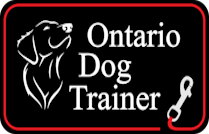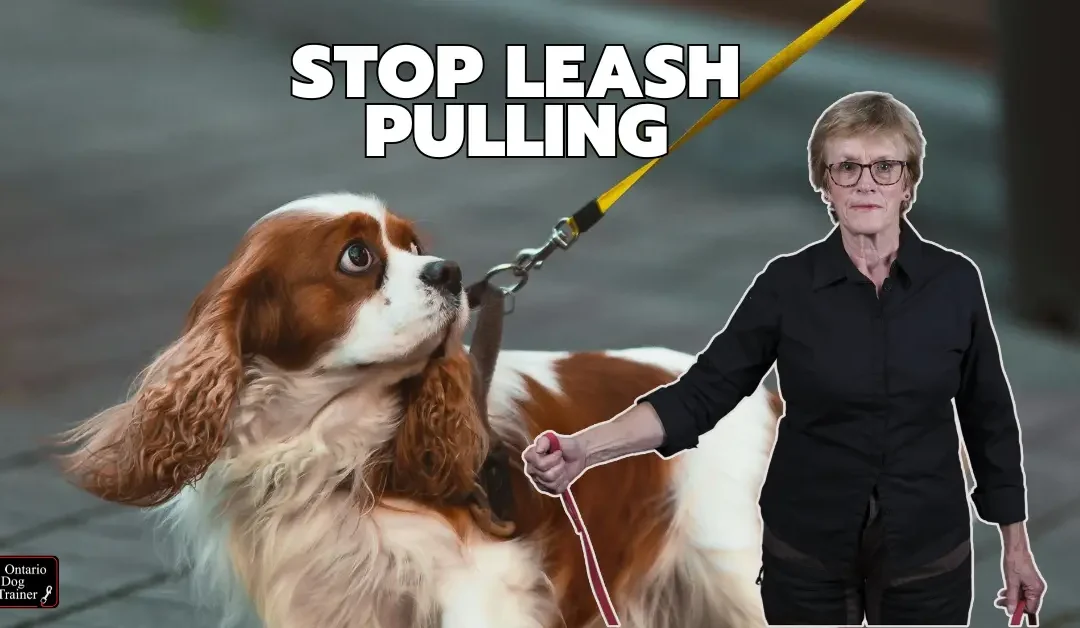Stop Leash Pulling: How to Finally Enjoy Walks with Your Dog
What’s one behavior your dog does that stresses you the most?
If you said pulling on leash, you’re not alone. For so many dog owners, what should be a simple daily walk turns into chaos — a workout of tugging, frustration, and constant battles. Instead of enjoying fresh air and connection, it feels like going to war with your own dog.
But it doesn’t have to stay that way. Walking your dog can feel like a calm conversation instead of conflict. Imagine saying, “Let’s go, Max… good boy,” and actually meaning it because the leash stays loose and the walk feels easy.
Would you want to enjoy walks again with your dog — without the anxiety or the frustration? If walks are the most stressful part of your day, there’s a better way. It’s not about fighting your dog or controlling every step. It’s about understanding what’s really going on, changing the approach, and building connection instead of conflict.
In this blog, you’ll learn five things that are often missed in other leash training programs:
- What’s really behind leash pulling.
- The first step before the first step.
- How to build focus before you open the door.
- Why walks should feel like leadership, not war.
- How to move forward together, no matter the distraction.
Let’s break it down.
Why Dogs Pull on Leash
Most owners assume leash pulling means their dog is stubborn, dominant, or trying to take over. That’s not the case.
Dogs pull on leash because pulling works. If they want to sniff a tree, greet another dog, or chase a squirrel — and the pulling gets them closer — they’ve just rewarded themselves.
Your dog isn’t out to make you miserable. They’re simply doing what’s natural: moving toward what interests them. The problem is, no one has taught them another way.
And that’s where training comes in. Instead of fighting against your dog’s instincts, the goal is to teach a new pattern: calm focus, connection, and walking with you instead of against you.
That’s where a quick conversation can help.
[Book Your Free 15-Minute Focus Call]
In just a few minutes together, we’ll look at what’s really happening on your walks and pinpoint one small change that can make a big difference.
The First Step Before the First Step
Here’s where most walks go wrong: the leash goes on, the door swings open, and the chaos begins.
The truth? If your dog is already spinning, barking, or lunging at the door, you’ve lost the walk before you’ve even stepped outside.
That’s why the first step before the first step matters so much. Inside the house, before the doorknob even turns, you need to set the tone. That looks like:
- Asking for calm before moving forward.
- Not rewarding excitement by rushing out the door.
- Showing your dog that the leash means connection, not chaos.
When you start calm, you stay calm — and the walk changes completely.
Building Focus Before the Door Opens
Focus is the foundation of every calm walk. If your dog’s brain is scattered before you even step outside, the walk will mirror that scattered energy.
Think of it this way: if you were talking to someone glued to their phone, you’d feel ignored. That’s exactly what happens when your dog’s brain is on squirrels, kids, or the next exciting smell.
Before the leash even tightens, you can build focus through three simple steps:
- Eye contact exercises.
- Small leash cues paired with rewards for checking in.
- Calm drills like sits or downs before moving forward.
This isn’t about making your dog robotic. It’s about putting them in the right state of mind for success. A focused dog is a dog ready to walk with you.
Leadership vs. War
Too many owners approach leash walking as a battle for control:
- “I have to dominate my dog.”
- “I just need a stronger harness or collar.”
But here’s the shift: leadership isn’t about control or conflict. It’s about calm guidance.
Leadership on a walk looks like:
- You choose the direction.
- You set the pace.
- You create the tone of calm.
Your dog isn’t your opponent. They’re your partner. When you shift from force to leadership, your dog naturally wants to follow. And that’s when walks stop feeling like war.
Moving Forward Together
Life happens on walks. Kids on bikes, squirrels in trees, people shouting at the park — the distractions never end.
The difference comes from how you prepare and how you respond. Instead of bracing for battle, you can:
- Use the leash as a tool for communication, not control.
- Interrupt distractions early, before they escalate.
- Reward calm check-ins and slack in the leash.
The goal isn’t perfection. The goal is progress — moving forward together, no matter what’s happening around you.
Imagine the Difference
Picture this: you walk down your street, and your dog stays by your side. No lunging, no dragging, no embarrassment. The leash is light in your hand, and the walk feels easy — almost like you’re having a quiet conversation.
Now ask yourself: if dragging were an Olympic sport, would your dog take gold? If the answer is yes, then it’s time for a change.
What’s Your Next Step?
Here’s the question I’ll leave you with: Are your walks right now building connection with your dog, or are they quietly breaking it down?
You don’t have to keep white-knuckling the leash, dreading every step, or wondering how today’s walk will go. There’s a calmer way — and it starts with one small shift.
Sometimes that shift is hard to spot on your own. That’s why I offer a free 15-minute Focus Call. In that short time, we’ll look at what’s really happening on your walks, where the stress comes from, and the first step that can make your walks easier and more enjoyable.
Book Your Free 15-Minute Focus Call
Because once you experience what it feels like to have your dog walk with you — not against you — everything changes.
Let’s Stay Connected
I share practical tips, training stories, and tools you can use every week. Join me here:
- Facebook – live sessions and success stories.
- YouTube – in-depth training demos.
- Instagram – real-time behind-the-scenes training.
- TikTok – short, to-the-point insights.

